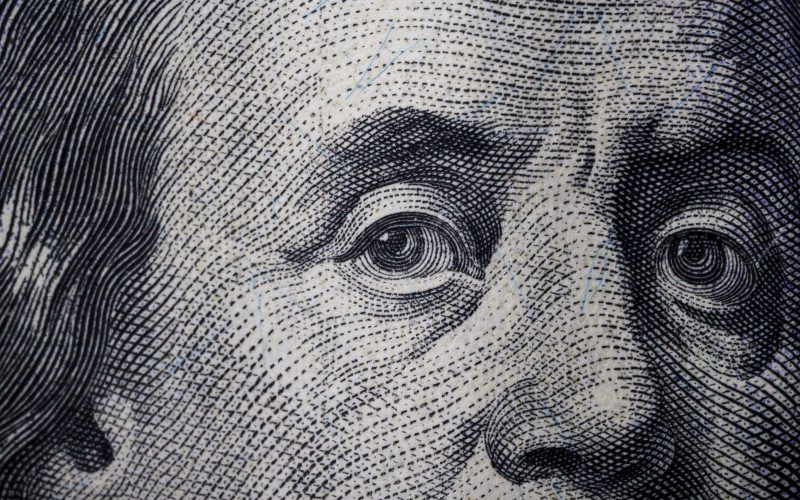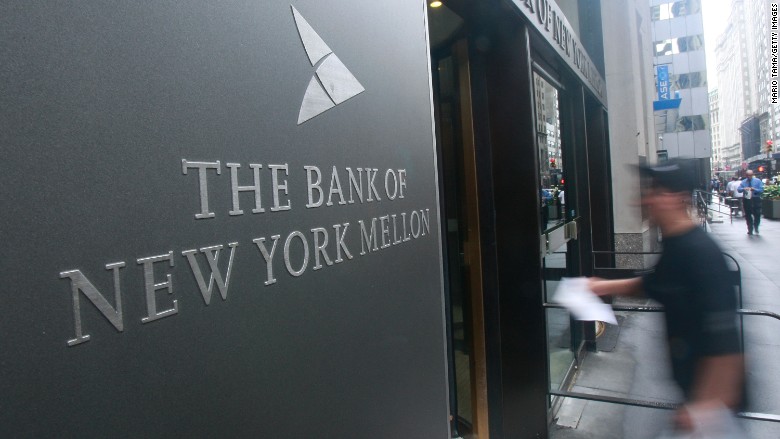by Brian S. Wesbury – Chief Economistm & Robert Stein, CFA – Deputy Chief Economist, First Trust Portfolios
The late great Supreme Court Justice Antonin Scalia was often in dissent in key legal cases during his long career. Almost thirty years ago, he wrote that “Day by day, case by case, the Supreme Court is busy designing a Constitution for a country I do not recognize.” This quote comes to mind because it seems that crisis by crisis – the Federal Reserve, lawmakers, and regulators – are busy designing a financial system that looks a great deal like a national bank.
We aren’t calling this a hidden political conspiracy, nor do we believe there are some sort of puppet-masters pulling the strings behind the scenes. We are not wearing tin foil hats. What we are asserting is that the more the government tries to take risk out of the financial system, the more they are moving the country in the direction of a national bank, whether intentionally or not.
After the absolutely awful monetary policy of the 1970s, and the Fed’s fight against the inflation that it caused, S&L’s and banks failed across the country. One regulatory response to this mess was risk-based capital rules. Different loans or bonds had different capital requirements based on “riskiness.” Included with this was a much lower capital requirement on Treasury debt. This worked fine as long as interest rates were falling, but clearly doesn’t make sense when rates are rising. Banks had an incentive to hold more Treasury debt, which subsidized government borrowing and encouraged more spending.
Then came the bailout of Long-Term Capital Management (LTCM) in the late 1990s, which showed that policymakers considered some financial firms, whether regulated or not, too big or too intertwined with other institutions to be allowed to fail without government intervention.
Then the Financial Panic of 2008 caused massive changes in our monetary and banking system. These changes included a huge increase in the size of the Fed, the Fed paying banks interest on reserves, extremely low short-term interest rates for an extraordinary period of time, and even more stringent regulations on banks.
Few people talk about the extent of these changes, or even focus on them. But, before the Panic of 2008 the Fed had total assets of about $875 billion; that’s “billion”, with a “B.” As of Wednesday last week, its assets were around $8.6 trillion; that’s “trillion,” with a “T.” The Fed increased its balance sheet by buying Treasury debt, which allowed government spending to soar. The Fed also held interest rates artificially low, making that increased spending cost less.
Meanwhile, the Fed started paying banks interest on reserves. At first, this policy didn’t mean much; after all, banks were only earning 0.25% per year on the reserves. But now that banks are earnings 4.65%, it’s a much bigger deal. In fact, given the increase in short-term rates in the past fifteen months, the Fed is now paying banks more in interest than it earns on its bonds.
Banks own about $3 trillion in reserves on which the Fed pays interest. So, if short-term rates reach 5%, banks could earn about $150 billion per year. And what do the banks have to do to earn that money? Nothing; literally, nothing. Just sit around, keep the reserves on their books, and collect “rent.” Think how the public and lawmakers will react when that becomes more widely understood.
And now think about the implications of the recent failures and rescues of Silicon Valley Bank, Signature, and First Republic. In spite of all the new bank regulations, and a massive Fed balance sheet that supposedly protects the system, banks are failing.
Now the government has stepped in and, in effect, guaranteed all FDIC-insured deposit accounts no matter the size. Adding to the perverse incentives, the Fed is valuing government sector debt at par value for collateral, even when that debt is trading at a discount. The same treatment is not being extended to private debt, another special for public sector entities. And as depositors now know they’re protected, they will seek the highest deposit rates no matter the riskiness of their bank, while the banks’ managers generate outsized earnings until they go bust, at which time they’ll get rescued if they play the political game of supporting the right causes. And if banks instead remain unsafe, deposits will flee to the very largest institutions, deemed “too big to fail.”
But that system is not sustainable. If taxpayers are losing money, many of them will want the government to have more control, not less. And if capital is already being allocated for political reasons, there will be calls to just cut out the “private sector” middlemen.
There is time to short-circuit this process and change direction. But, if there’s one thing true about government, they never let a crisis go to waste. Unfortunately, with each new crisis, the window of opportunity to act grows narrower.
Brian S. Wesbury – Chief Economist
Robert Stein, CFA – Deputy Chief Economist
Click here for a PDF version
Copyright © First Trust Portfolios















